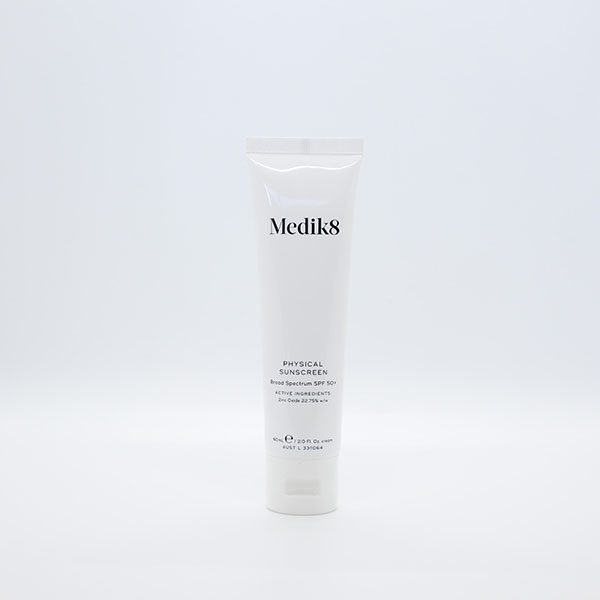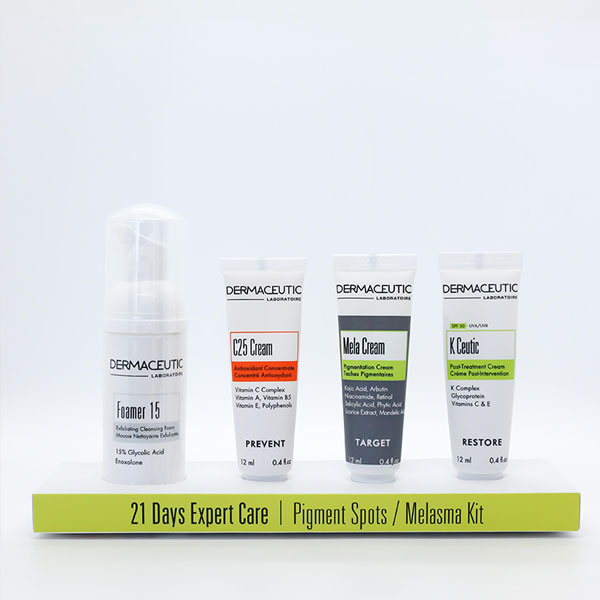Kleresca uses fluorescent light energy to treat acne. A gel is combined with LED blue light therapy to target chemicals produced by bacteria. This treatment can temporarily treat acne.
Key Points
- Kleresca is new spin on an old-fashioned treatment used by dermatologists
- It combines a light sensitive gel with blue light LED treatments
- This treatment can temporarily improve acne, pimples, zits & cysts
- It’s ideal for patients who would like to avoid more effective medication for acne
- Blue light should not be used on ethnic skin as it worsens pigmentation
Kleresca Acne Treatment at a glance
Our results speak for themselves
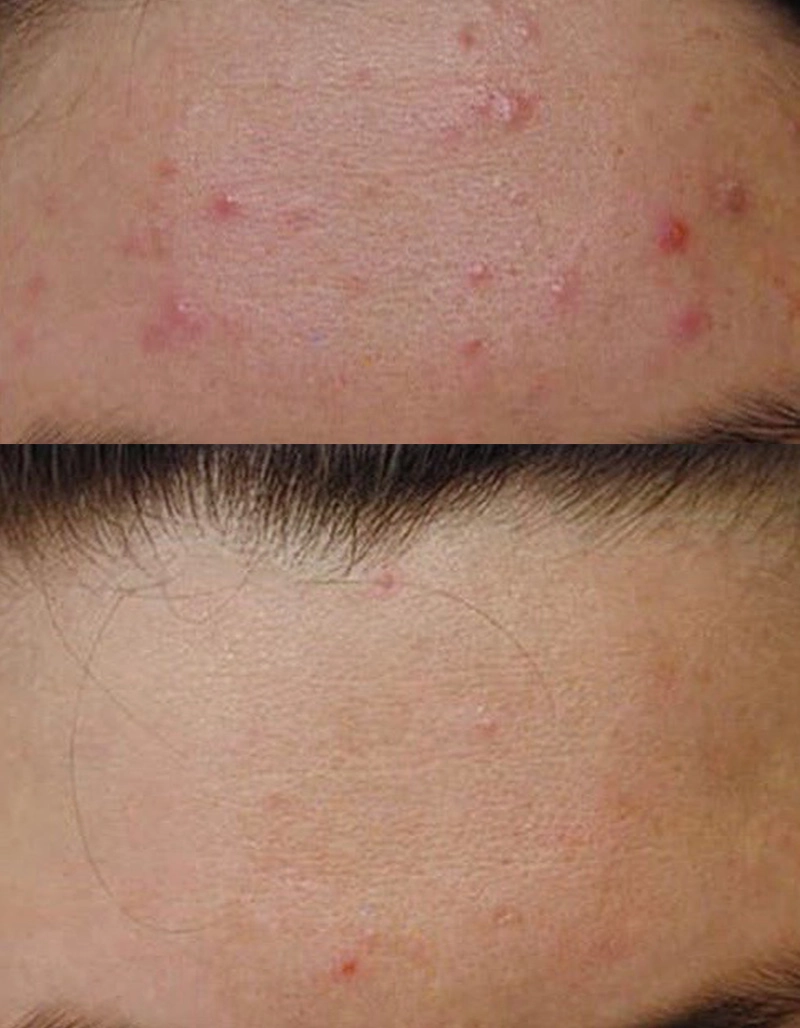
Before
After

Medical therapy for acne
Ask us more about this treatmant
Preferred Consultation
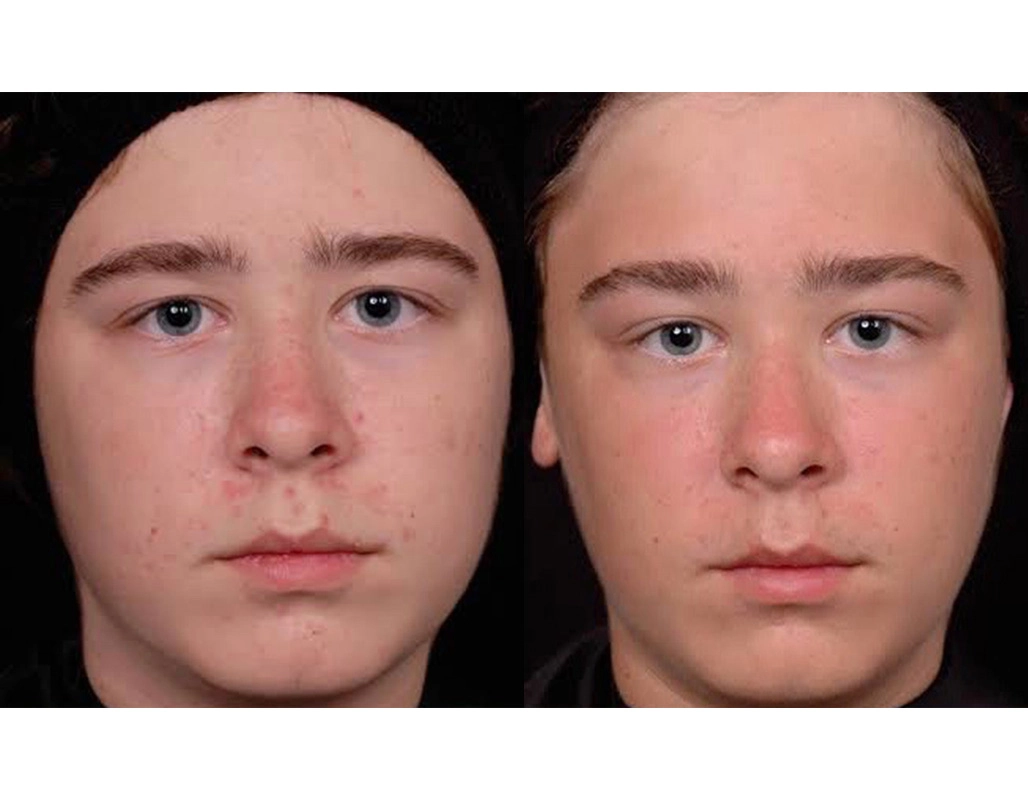
Before
After
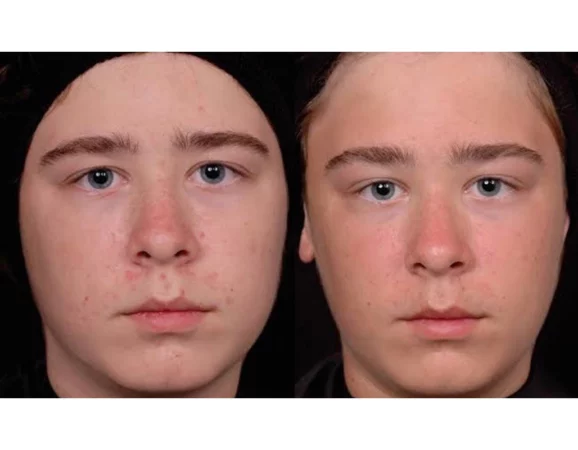
Topicals to treat acne, BHA based chemical peel to reduce blackheads & oil production
Ask us more about this treatmant
Preferred Consultation
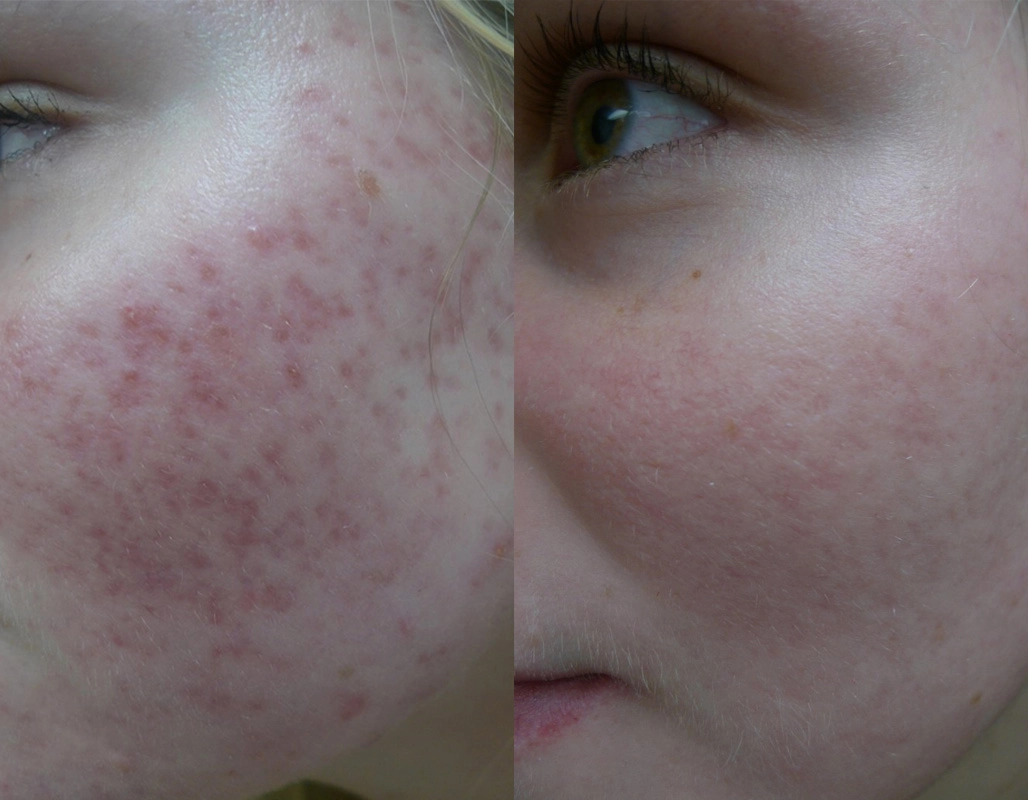
Before
After

Topicals to treat acne, vascular laser therapy to reduce redness
Ask us more about this treatmant
Preferred Consultation
FAQs
What can Kleresca do for acne prone skin?
Kleresca can temporarily suppress bacterial growth in acne prone skin. It is best used in lighter skin patients (as blue light worsens post acne pigmentation).
What type of acne does best with Kleresca?
Kleresca is best for ‘juicy acne’ as these lesions are packed with bacteria. These include zits, pimples, pustules & cysts.
Kleresca does not work well for deep cystic acne (submarine comedones), blackhead acne, whiteheads & hormonal acne / jawline acne.
Who are ideal candidates for Kleresca Acne treatments?
Patients who would like to avoid taking prescription medications with scientific data.
Patients who would like a temporary suppression of acne.
Lighter skin types as blue light phototherapy worsens grade 1 acne scarring & pigmentation.
Who are not great candidates for this treatment?
Darker skin patients including ethnic-Asian-Islander- Middle Eastern skin types. Dark skin patients have pigment cells that are sensitive to blue light. This leads to post inflammatory hyperpigmentation that can take over 5 years to resolve.
Kleresca uses not one, but two wavelengths of blue light. Blue is efficient at activating the gel used in this treatment, however for darker skin patients, dermatologists employ red light. Red is not as efficient, but far safer.
How many sessions will I require?
Many. For a long time. Consider a loan.
- Acne: A dozen treatments for the initial course. Maintenance/booster treatments can then be discussed with your therapist if needed. It may be a cycle a year for 5-10 years. Factor in $6,000 to $9,000 dollars over the course of your early adult life.
Rosacea: 4 – 6 treatments depending on your severity, as recommended. Vascular laser sessions are partially covered by Medicare, Kleresca is not.
What are the side effects of Kleresca?
Temporary side effects may include redness, swelling & bronzed hyperpigmentation of skin. This form of pigmentation is temporary & fades within a week to ten days.
Actual grade 1 scars or post inflammatory hyperpigmentation may worsen after blue light phototherapy. It is not too bad after one session, however the Kleresca treatment protocol ranges from 10-12 sessions.
Side effects differ depending on skin type, so we always recommend talking to your therapist before beginning treatment.
How long do the results last?
Studies have shown that longevity is up to six months, acknowledging that some improvements can still be seen after the treatment course.
Kleresca treatment has a very high recurrence rate, so if you don’t mind investing a few thousand dollars a year for the next 2-10 years, it could be the treatment of choice.
Is the treatment comfortable?
Yes, most find it tolerable, akin to heat on your skin. Very rarely is it painful.
Kleresca is a non-drug method of treating acne. It can deliver temporary improvement in some patients. Ideally it should be combined with more effective, long term therapy for better long term results.
Does it work for hormonal acne?
It can, but that is rare. The reason is that hormonal or jawline acne presents as deep cysts. As the name suggests the cause is hormonal. Kleresca uses blue light to activate porphyrins. Blue light does not penetrate deeply.
When do dermatologists use Kleresca?
Klereasca has a very narrow therapeutic window. We use it for-
- Patients who are contraindicated medically for mainstream therapies, example anti-hormones or retinoids.
- Those who have professional restrictions. Pilots & military personnel where night vision cannot be compromised.
- Patient who understands that this is a novel treatment with studies limited to 6 months.
Does blue light without the Kleresca gel work?
Yes. Using blue light from say BBL or LEDs such as Healite or Omnilux works. The use of red & blue light works better.
For patients who have dark skin, blue light can potentially make post inflammatory hyperpigmentation worse. On this basis most dermatologists would treat with red light in the 630 nm spectrum.
What are other better, more effective treatments than Kleresca?
Retinoids are better as they address all four causes of acne, namely-
- Excess oil production
- Bacteria overgrowth
- Inflammation
- Clogged pores
A prescription of trifarotene for example costs $75 & lasts 4-6 months. You can get this from any bulk billing GP.
Simple washes include salicylic acid 2% wash. This cost $25 & will last over 12 weeks.
So, are we against Kleresca?
No, it remains as a useful treatment in some cases. What we stand for is ethical marketing. Acne should not be commercialised if-
- Acne is scarring or has the potential to cause scars
- Acne causes social impairment, anxiety, depression & isolation
Dermatologists are mindful of how we employ treatments based upon clinical findings, contraindications & the wishes of the patient. Most of us will try to convince you to use something cheaper & more effective. That says a lot.
Can Kleresca be performed with other treatments?
Damn right it can. As a “Biophotonic Treatment’ (marketing term), it can be used with other treatments. We strongly disagree with the product information regarding ‘photosensitive’ reactions. Seriously, where does Kleresca source their chemists?
Most photosensitive medications have their action spectrum in the UVA range, well away from the blue light spectrum. Hence if you are on say, doxycycline, it is all good.
Discuss the action spectrum of retinoids, oral tetracyclines, amiodarone, fluoroquinolones, photosensitive dermatitis, including PCT, CAD, solar urticaria, & PMLE with your provider. They are sure to know the answer to your questions.
Hint: Google the answer to test if Kleresca is based on marketing, rather than science.
What questions should you ask your acne treatment provider?
No need to be a smart ass, but all acne treatment providers will have the answers to the following basic questions-
Q: What is the name of the bacteria that Kleresca targets?
A: P.acnes. Is it P or C? It’s C, as it has been reclassified as Corynebacterium a few years ago
- What has the higher affinity for porphyrins, red or blue?
A: Blue, hence Kleresca.
Q: What gives the best outcome, red, blue or red & blue LED?
A: Red and blue. Works better as blue is superficial, but higher affinity. Red is deeper.
Q: What is the go with blue LED & darker skin types?
A: Blue stimulates more pigment production in darker skin types. The twelve Klerseca sessions can really make pigment worse.
Q: This is basic- what are the four causes of acne?
A: Inflammation, oil production, shedding of skin (clogging) & bacterial overgrowth.
Is this a way of SEO optimising Kleresca awareness?
Too right it is. It is not cool to commercialize medical conditions. It is called ethics. Pharma companies should adhere to this. Wrinkles? Fair game? Bad acne with scarring? Not fair play.
Our dermatologists are mindful of providing safe, effective, & timely treatments for acne as this markedly reduces future acne scars. The industry should not be focused on half-arsed treatments which can delay prompt remission, then banks on up-selling services to treat resultant acne scars from inadequate management in the first place.


